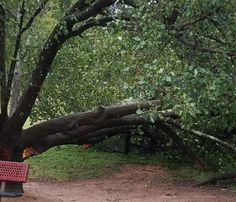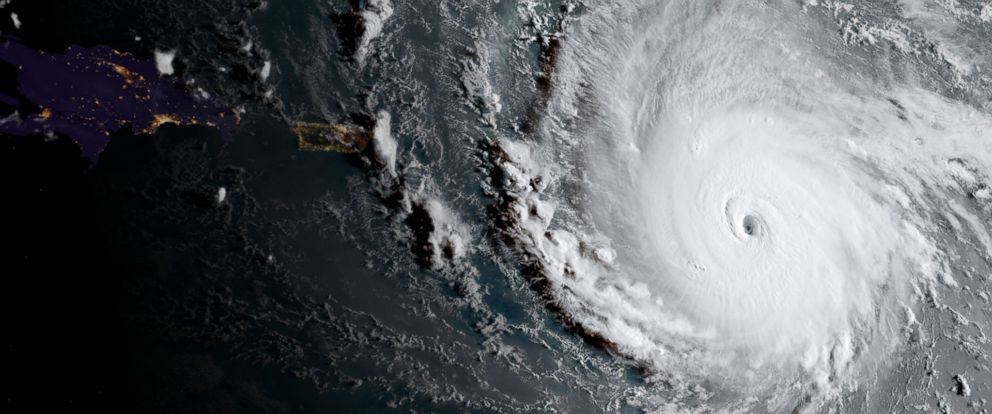Irma: the Storm of the Century
Hurricane Irma
One of the most devastating natural disasters in history has left Florida and the Caribbean territories in ruins. Hurricane Irma made landfall on Marco Island, Florida on Sunday at around 6:00 A.M. as a category four hurricane. Irma left parts of south Florida flooded and so far 53 people have died. Wind speeds reached 150 mph upon landfall, but died down as the storm collided with the topography of Florida. As of now, Irma has downgraded to a tropical depression and resides over Tennessee.

South Carolina was in the path of the storm, but most of the state was only affected by 35 mph winds and rain. Greenville County officials prepared for the possibility of flash flooding. Greenville County schools decided to close schools on Monday, Sept. 11 and Tuesday, Sept. 12 because of the potentially hazardous conditions. However, Charleston took substantial damage from the storm, with Irma causing flooding throughout the streets.
On Wednesday, Sept. 6, a mandatory evacuation was issued for Miami-Dade County by Mayor Carlos Gimenez. Gimenez said, “This is a powerful storm which poses a serious threat to our area. We will be taking some extraordinary actions to ensure that the residents of Miami-Dade County are safe.” This is the first mandatory evacuation in 12 years. As Irma moved closer, many southern Floridians took refuge in parts of northern Florida.
Emergency officials are still helping residents affected by the flooding. Organizations such as the Red Cross, Save the Children, and Catholic Relief Services have begun taking donations to help the victims of Irma. Volunteers from around the country are also stepping in to help with relief efforts in the areas affected by Irma. Though the rebuilding stages of Irma have begun, some say it will be years before the mess is cleaned up.

